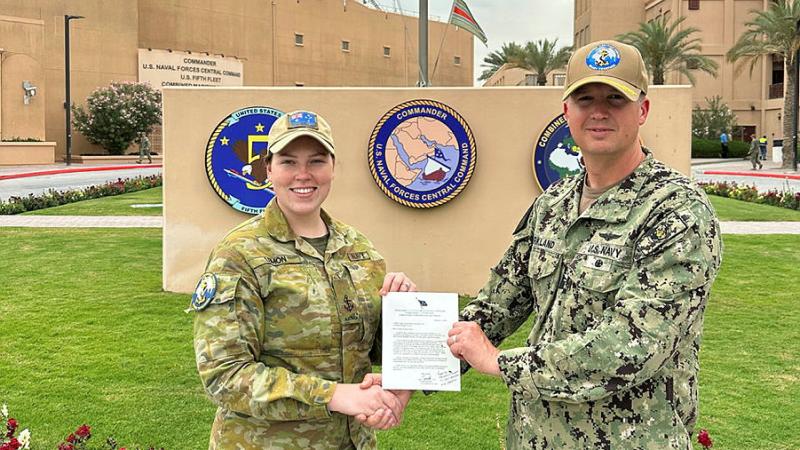 ©
©
An atomaterial lens made by laser nanoprinting of a monolayer of transition metal dichalcogenide (TMDC) materials. Schematic of femtosecond laser nanoprinting of a monolayer TMDC lens. Inset: (i) AFM image of a monolayer TMDC single crystal, and (ii) Schematic of laser nanoprinting generation of nanoparticles assisting the high performance focusing.
This nanoprinting made the monolayer lens capable of providing high-resolution, high contrast images, that could be applied in a mobile phone camera to further reduce the device thickness.
“We have used the thinnest material in the world to fabricate a flat lens and prove that the good performance of the ultrathin lens can lead to high resolution imaging,” says Professor Jia.
“It shows enormous potential in different applications. Using this technique, the weight and size of camera lenses could be significantly reduced,” says Professor Chengwei Qiu.
Professor Qiaoliang Bao adds: “We are excited to see unique outcome from femtosecond laser nanoprinting of 2D materials. It opens up new possibilities to fabricate photonic devices using a scalable and low-cost method. This lens is readily integratable with existing devices.”








